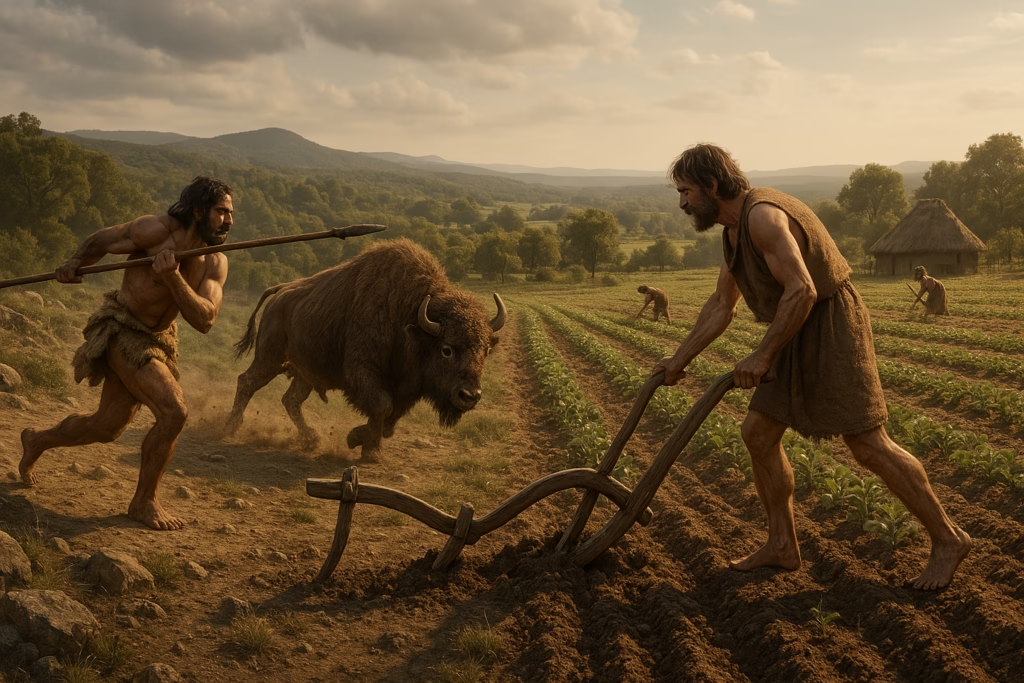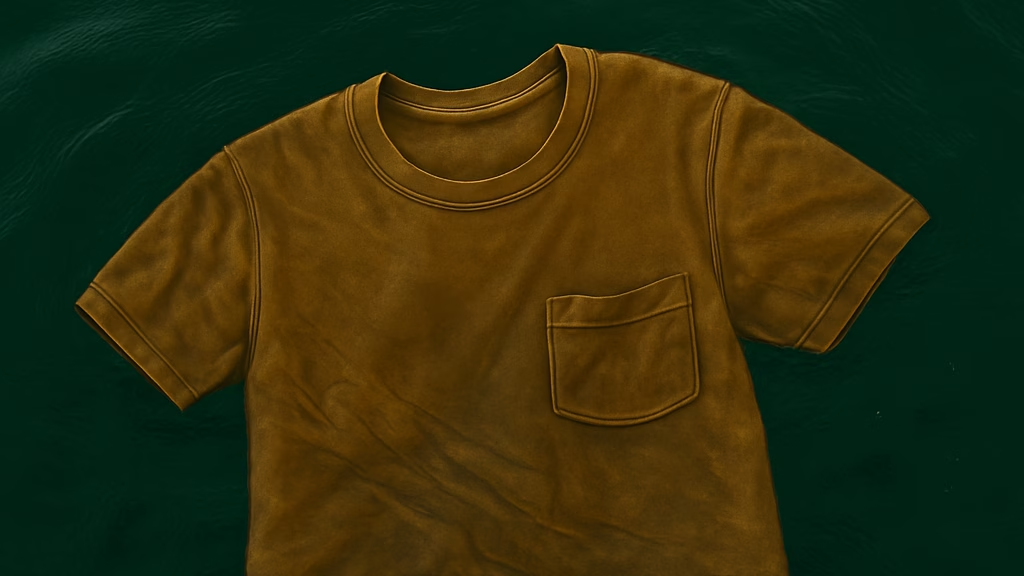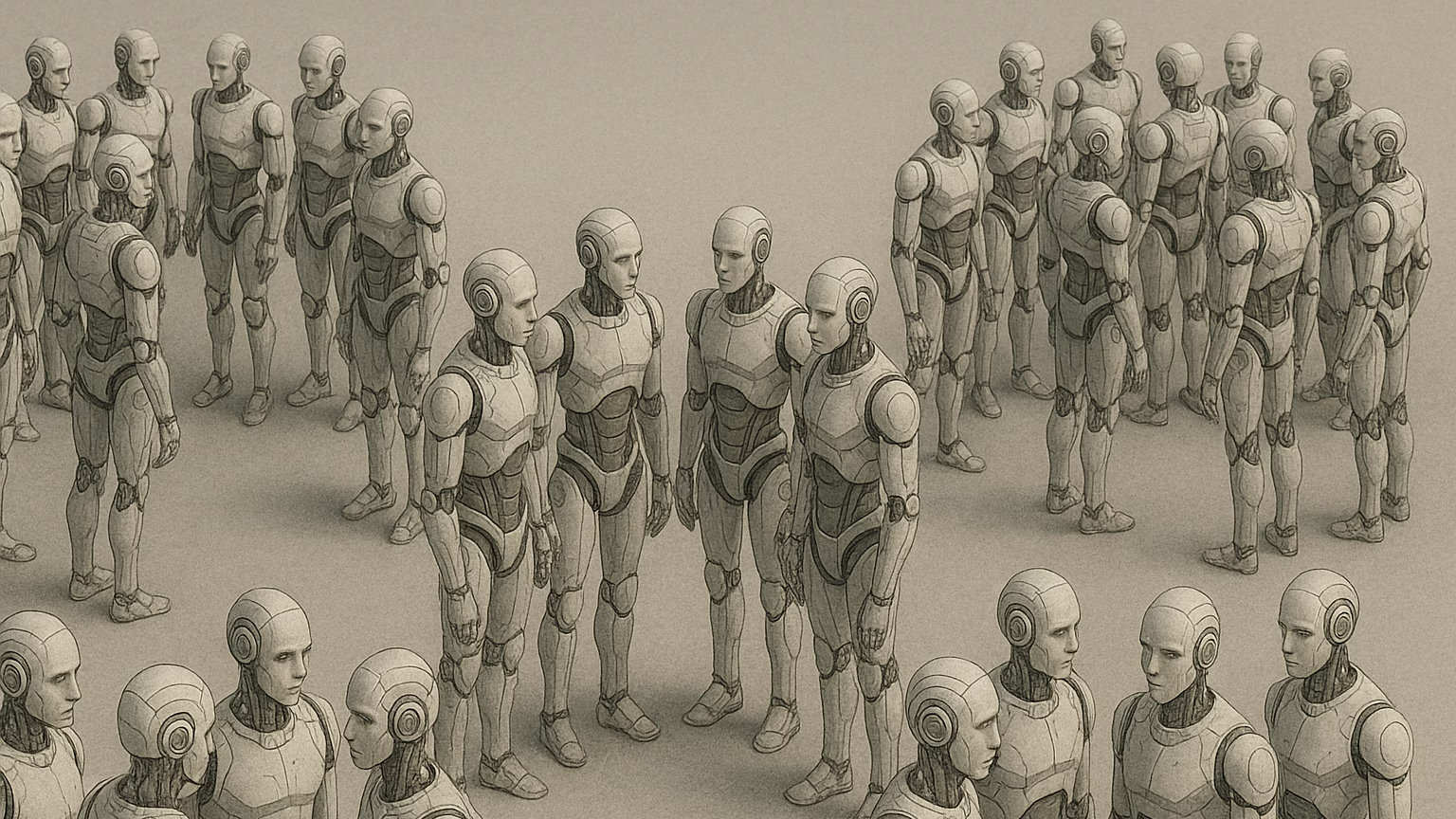A new investigation at the University of Bath suggests interactions between hunter-gathers and early farmers drove farming adoption rather than environmental factors.
From University of Bath 04/04/25 (first released 31/03/25)

A new study published in Proceedings of the National Academy of Sciences (PNAS) has turned traditional thinking on its head by highlighting the role of human interactions during the shift from hunting and gathering to farming – one of the biggest changes in human history – rather than earlier ideas that focused on environmental factors.
The transition from a hunter-gatherer foraging lifestyle, which humanity had followed for hundreds of thousands of years, to a settled farming one about 12,000 years ago has been widely discussed in popular books like Sapiens: A Brief History of Humankind by Yuval Noah Harari.
Researchers from the University of Bath, the Max Planck Institute for Evolutionary Anthropology in Germany, the University of Cambridge, UCL, and others have developed a new mathematical model that challenges the traditional view that this major transition was driven by external factors, such as climate warming, increased rainfall, or the development of fertile river valleys.
This research shows that humans were not just passive participants in this process; they played an active and crucial role in the transition.
Factors such as varying population growth rates and mortality rates—driven by competition between hunter-gatherers and farmers—shaped the agricultural development of these regions.
Using a model originally designed to study predator-prey interactions, the researchers examined how early farmers and hunter-gatherers may have influenced each other.
The results suggest that early farming societies spread through migration, competition, and cultural exchange, reshaping how hunter-gatherers lived and interacted with their environment.
Dr Javier Rivas, from the Department of Economics at the University of Bath, said:
“Our study provides a new perspective on prehistoric societies.
By statistically fitting our theoretical predator-prey model to observed population dynamics inferred from radiocarbon dates, we explored how population growth shaped history and uncovered interesting patterns—such as how the spread of farming, whether by land or sea, influenced interactions between different groups.
More importantly, our model also highlights the role of migration and cultural mixing in the rise of farming.”
The team plans to build on this model by adding more details and testing it in larger regions.
Dr Javier Rivas added:
“We hope the methods we’ve developed will eventually become a standard tool for understanding how populations interacted in the past, offering fresh insight into other key moments in history, not just the shift to farming.”
This research was funded by the European Research Council.
More info
You may also be curious about:
-

New biodegradable polymer decomposes by 92% in one year
-

Could a mini-stroke leave lasting fatigue?
-

Energy and memory: A new neural network paradigm
-

Smart bandage detects infection days in advance
-

Why electric aircraft engine noise grinds our gears
-

Long working hours may alter brain structure, preliminary findings suggest
-

Dark matter formed when fast particles slowed down and got heavy, new theory says
-

Novel structures shrink when pulled
-

How Netflix shows teach economics
-

Purdue students smash world record for fastest Rubik’s Cube-solving bot
-

Groups of AI agents spontaneously form their own social norms
-

A new study provides insights into cleaning up noise in quantum entanglement

It¦s actually a great and useful piece of info. I¦m happy that you just shared this useful info with us. Please keep us up to date like this. Thank you for sharing.
https://forum.stde.ru/index.php?/gallery/image/829-16/
so much good information on here, : D.
I loved as much as you’ll receive carried out right here. The sketch is attractive, your authored subject matter stylish. nonetheless, you command get bought an impatience over that you wish be delivering the following. unwell unquestionably come more formerly again as exactly the same nearly very often inside case you shield this hike.